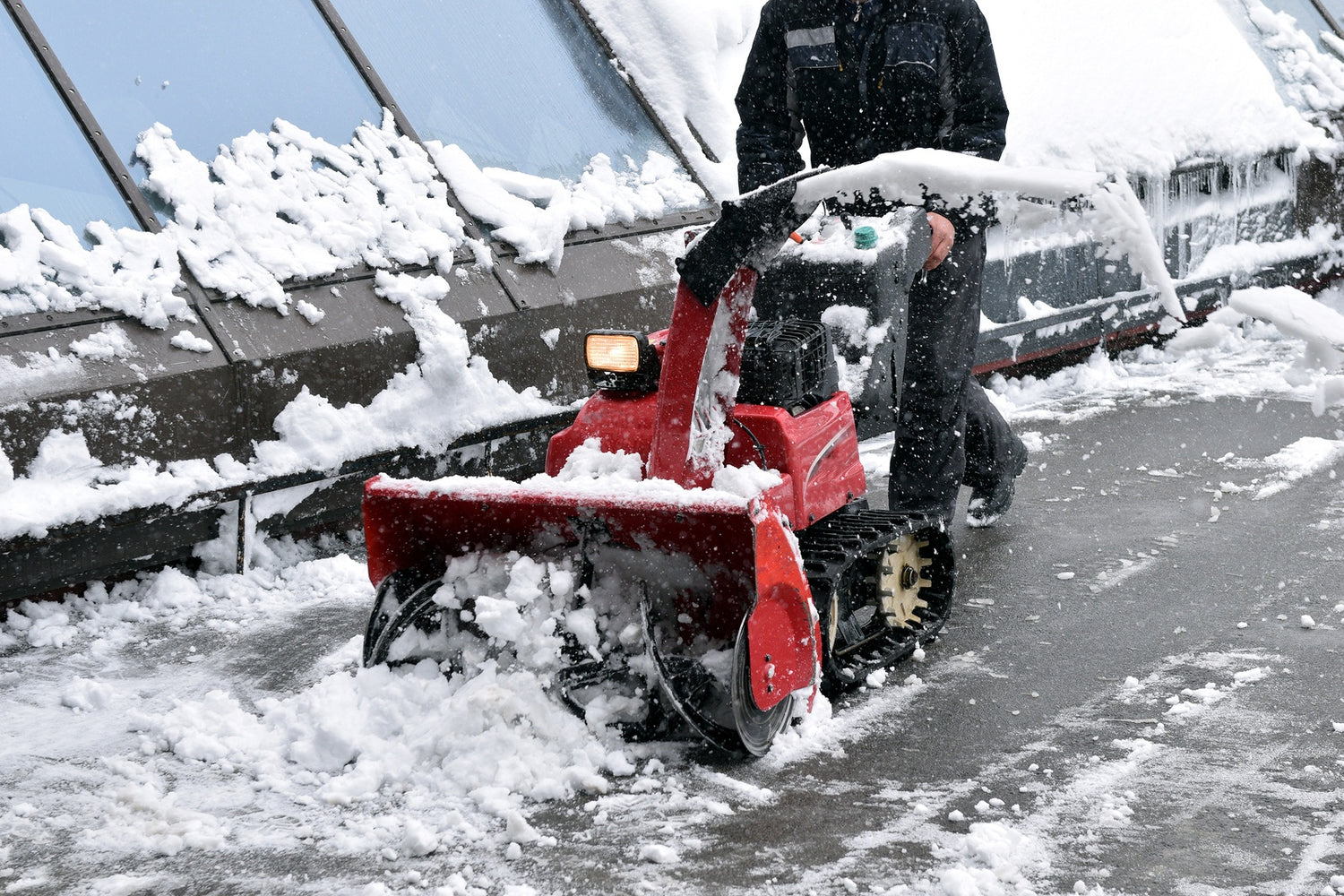 Winter weather presents many challenges as you work to minimize interrupted service and risks to facility users. The best snow control plan (removal or melting) for your facility will depend on facility use, its unique attributes, and various situational factors.
Winter weather presents many challenges as you work to minimize interrupted service and risks to facility users. The best snow control plan (removal or melting) for your facility will depend on facility use, its unique attributes, and various situational factors.
Type of facility
Your facility's purpose plays a large role in determining whether you primarily use snow removal methods or opt for a snow melting strategy.
Hospitals, shopping centers, and college campuses generally have large parking lots and can dedicate portions to piled snow that has been removed from the majority of the space without hindering facility function.
In contrast, a manager whose facility operates near capacity doesn’t have the luxury of setting aside a section of space for piled snow, and will need to either move the snow to a snow dumping ground or use a snow melter.
Two concerns to keep in mind if you go the snow-melting route: a) You may not have the space to park a snow-melter machine on your facility grounds, and b) if a snow melter is used, you will need to have an authorized outlet available that can handle the extra water flow.
Weighing the costs
Snow removal won’t be as expensive as snow melting if you are able to pile the collected snow on-site, but there will be times when a snow load is particularly heavy and will exceed your capacity to leave it on-site. Depending on the number of trips to your nearest snow dumping ground, snow removal can get expensive quickly: costs include fees to use the dumping ground, driver wages, and the price of gasoline for the truck.
Snow-melters have a significant initial cost, but they melt vast amounts of snow quickly and use little gas. If you have a lot of snow to melt, it may end up costing you less to melt it than to remove it. The Twin Cities Pioneer Press published an article discussing the benefits of using snow-melter machines in Minneapolis.
The environmental factor
Regulations regarding watershed and other sensitive environmental areas prohibit using certain chemicals for snow management. Even if you are using environmentally-friendly methods for snow and ice reduction, parking-lot residue still pollutes snow and your melting piles may run off and harm the environment.
Although the water resulting from the snow-melting process is not potable, snow melters have filters that remove trash, oil, and other impurities. This makes water reaching the ecosystem less harmful and snow melters the wiser environmental choice.
Situational factors
Whether you decide to melt snow or remove it, you may need to alter your strategy for specific situations.
For instance, you may want to use a snow melter even if you have enough space to park normal snowfall amounts. If a spell of unseasonably warm weather begins to melt the snow, using a snow melter will allow you to determine where the melted snow is released and can reduce potential problems caused by flooding.
A snow melter is the most efficient and cost-effective method of snow disposal for facilities handling large amounts of snow. However, if your facility has lighter snow loads, can pile most of the snow load on-site, or doesn’t have the infrastructure to park a snow-melter machine, traditional snow-removal methods may be your better option.


